I poo-pooed the use of a bitless bridle some time back. Much of what I learned about riding bitless or bitted came from the teachings of one instructor whose view was along the lines of, “bit problems are never a problem with the bit and always a problem with the rider's hands.”
I still agree that bit problems – even if applied to a bitless bridle – are always a problem with the rider's hands, but I've since softened to the idea that there is a space and time appropriate for completely transitioned to using a bitless bridle.
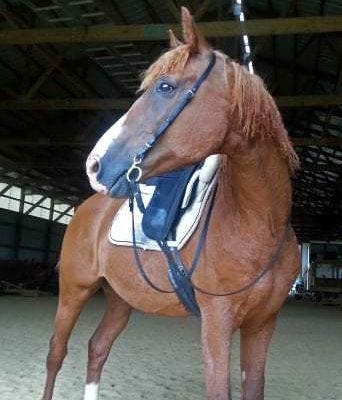
Jobi struggled deeply with tension just having a bit in his mouth let alone any communication running through it when I first got him back. He had experienced communication with the bit in some way that left him nervous and was having a hard time moving beyond it. I even experimented with riding in a double bridle just to change the sensations in his mouth. This did help some but not enough to warrant its continued use.
So I made the move and we began working bitless in the spring of 2013. Immediately it made a difference, he was more confident and happy to move.
I found he was more open to my requests and braced less.
But over this same time, I've been observing how his progress in a bitless has come along compared to riding in a bit and honestly it didn't compare well. The bitless prevented me from being as refined with the reins, less subtle, because they depended on actual pressure on the reins vs. just the weight to communicate. Updated post coming on my progression with bitless, we're working with just as refinement if not more than when we rode bitted!
Use Sealtex If You Must Ride with a Bit
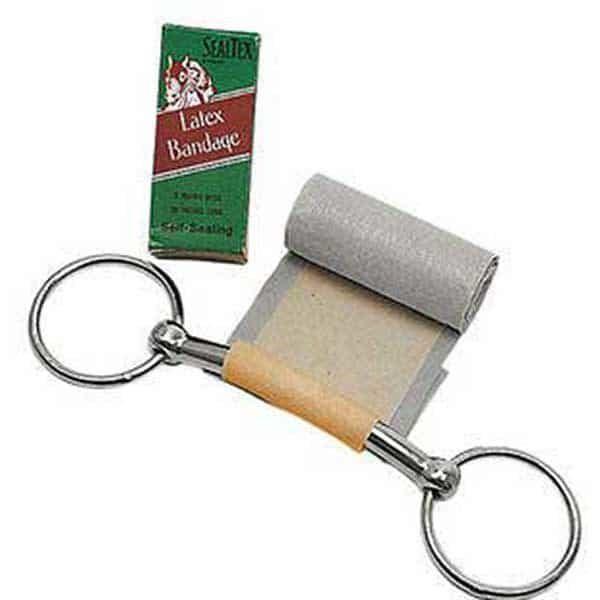 I've temporarily returned to riding in a traditional metal bit while my initial work bitless didn't yield the best results, with one fairly major change. I've wrapped the bit with Sealtex where it rests on the bars in the horse's mouth.
I've temporarily returned to riding in a traditional metal bit while my initial work bitless didn't yield the best results, with one fairly major change. I've wrapped the bit with Sealtex where it rests on the bars in the horse's mouth.
What is Sealtex?
Sealtex is a latex bandage designed for wrapping race horse's legs, but it works very well to wrap bits in order to cushion them. Sealtex sticks to itself and doesn't absorb water. You can decide just how thick you want to wrap the bit depending on the conformation of your horse's mouth.
Where to Wrap Sealtex on the Bit
Be sure to check where the bit is actually sitting in your horse's mouth. The following image shows where, between the two arrows on each side, Jobi's bit actually connects with his lower jaw. It is much closer to the middle than imagined because you have to take into consideration the thickness of the horse's lips on the sides.
If I were to use a bit with a wider section in the middle of the mouth its possible that center link would be pressing into his lower jaw on contact so be sure to inspect the bit in your horse's mouth thoroughly.
Where the bit connects is where I pad it with Sealtex.
How Sealtex Improved the Bit
The difference was immediate from the first ride with Sealtex wrapped on the bit. While Jobi was already more relaxed from working in a bitless bridle for the last 6 months, he was never as relaxed as he was working in a bit with the Sealtex wrapped around it.
Takeaway: If you're going to ride bitted at the very least pad your bit. The horse's lower jaw has only a layer of skin protection measured by the millimeter. Compare it to having metal banging on your funny bone – wouldn't be so funny after a while.
Yes, you could go buy a Happy Mouth bit instead, but if you've already heavily invested in your current bit, or they don't sell a Happy Mouth in the style you are using… Sealtex is a fantastic and affordable option.
Oh! and don't forget to replace it periodically.
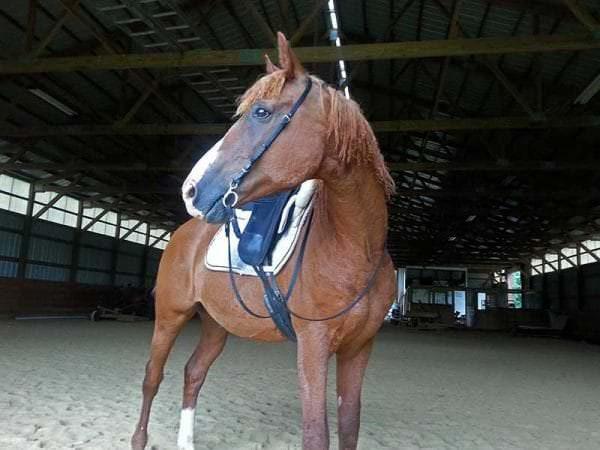
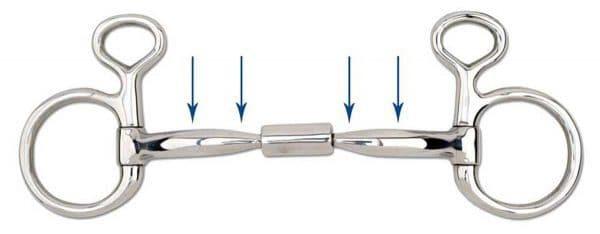

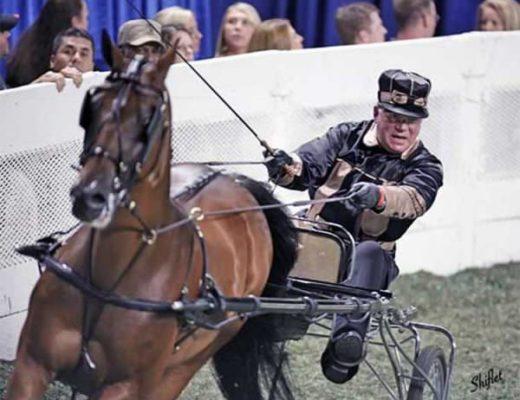
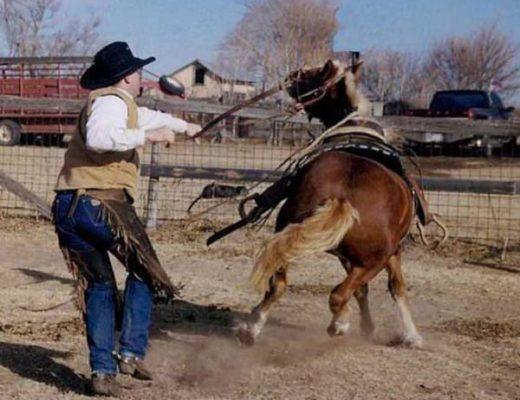
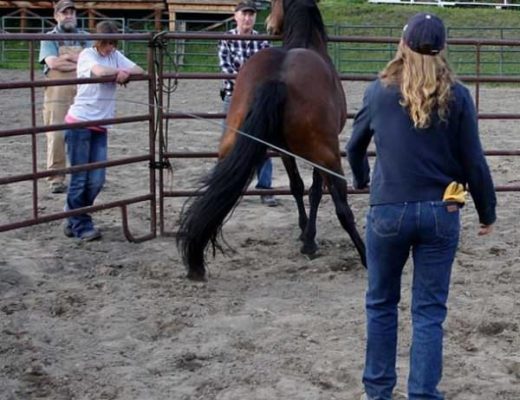
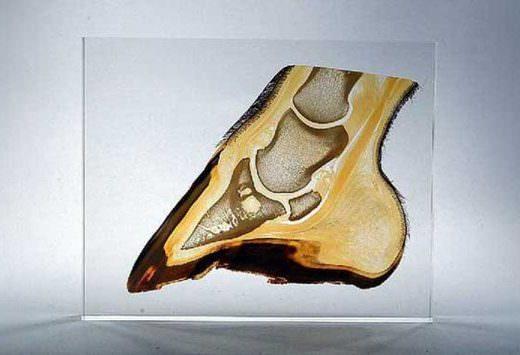

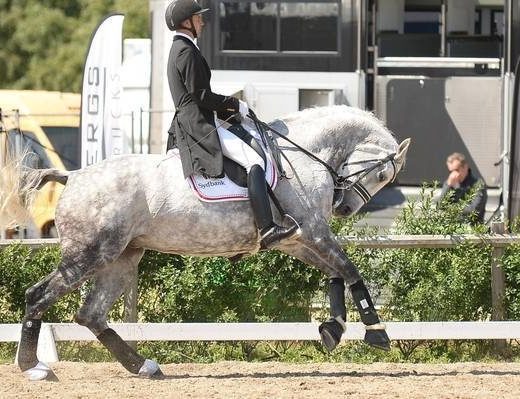
I have never heard of Sealtex before, but will absolutely try it out! I have never had a horse with bit-problems, but from time to time I have thought about how potentially harming a metal bit can be. I have tried some bitless solutions, but as you write, it is difficult to have the same connection with the horses head. To me it feels a bit clumpsy :/ So thank you for this tip!
So you wrap…over…the joint of the snaffle bit? Or on both sides of the joint…which come into contact with the bars & the premolars?
Just on the sides of the joints. I suppose you could wrap the entire mouth but I use a Myler snaffle so the ‘joint’ swivels and wrapping it would prevent that motion.
So you wrap…over…the joint of the snaffle bit? Or on both sides of the joint…which come into contact with the bars & the premolars?
Just on the sides of the joints. I suppose you could wrap the entire mouth but I use a Myler snaffle so the ‘joint’ swivels and wrapping it would prevent that motion.
And, may I further ask: How much/how many layers of Sealtex do you typically use?
I did two wraps around. Certainly could do more if you like, wrap it a couple times and press against the wrapped area to see how you like that level of padding. 🙂
I see your point about subtlety, but I wonder how much of that is a lack of history of classical dressage on the nose rather than the mouth. When I got my horse, he was shut down and hard-mouthed, very difficult to stop when he got agitated. I switched to a rope halter (one of the few useful things I’ve gotten from Parelli) so that I would learn other ways to stop him than pain in the mouth. After about a year, I was shamed into returning to a bit by an instructor, and finally got a Myler Level 3 to give him the most comfort. We both got a feel for the subtlety while training at the beginning level of western dressage, but when he got agitated we would still have bit fights, which hurt him, shamed me, and accomplished nothing. So I switched back to the rope halter and he is a much calmer and more tractable horse.
But the interesting part has been reconstructing dressage basics in a halter. Outside and inside rein are not as clear-cut aids, because the reins are attached at the fiador knot–in fact, it’s amazing how well they work. Many people ride with side-reins, but I find them way too high to be effective. There are designs that place the reins between the fiador and the cheeks, and I’ve clipped reins there on a rope halter, but that’s still not the solution.
Nevertheless, my horse understands leg yield in a halter, but never did well in a bit, and my wife’s mare, who has more training, will leg yield and approximate a shoulder-in for me with a rope halter (AFAIK she was never taught shoulder-in). I’m certainly no expert, and that may be why i find their performance satisfactory.